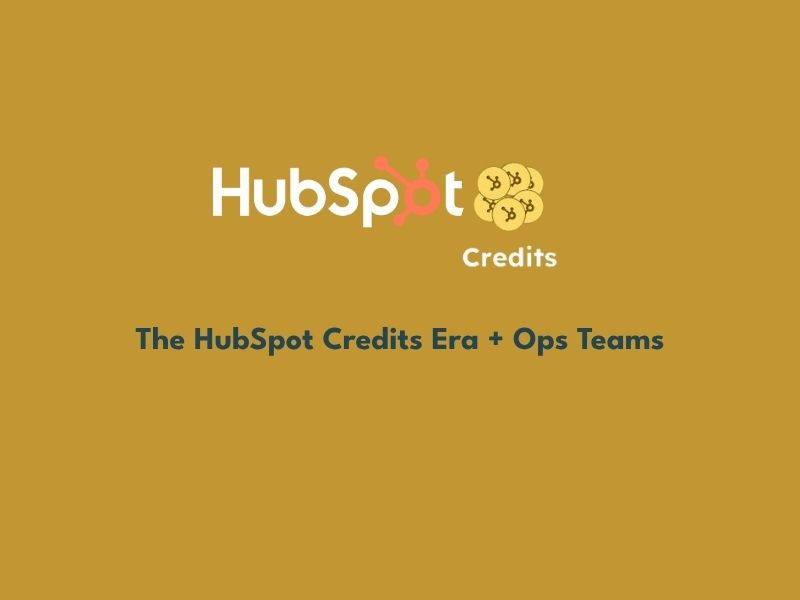Our Take on No-Code AI Tools that Deliver Real Value
- Matt McDougall

- Feb 3
- 4 min read

Every week brings a new wave of AI tools promising to revolutionize how early stage startups build software. The reality? Most fall short. But among the hype, we've found some tools that genuinely deliver. Here's our analysis of the ones worth your time - what they do well, where they stumble, and what we hope to see from them next.
No-Code AI Tools: UI and App Creation
AI tools in this category focus on the visual and interactive aspects of software development. They're transforming how teams create interfaces and build applications, cutting down the time from idea to working prototype. These tools stand out for their ability to understand design principles and generate usable code.
What it does: Generates UI designs and interfaces
Who it’s for: Product designers and teams needing quick, high-quality UI prototypes
What we really like: Creates designs that follow solid visual hierarchy and spacing rules, turning rough ideas into polished Figma designs in minutes
What we want to see next: Better handling of complex user flows and state management
What it does: Converts natural language descriptions into production-ready code
Who it’s for: Development teams looking to speed up their workflow without sacrificing code quality
What we really like: Focus on generating clean, maintainable code, with a visual editor for refinements
What we want to see next: Advanced optimization features that learn from actual user behavior
What it does: Turns text descriptions into Tailwind CSS components
Who it’s for: Frontend developers working with Tailwind CSS
What we really like: Generates clean code that matches existing design context
What we want to see next: Integration with more design systems beyond Tailwind
No-Code AI Tools: Data and Analytics
This category represents tools that make sense of user behavior and business data. They're making advanced analytics accessible to teams without data science expertise, turning complex data patterns into clear insights and predictions. These tools excel at automating the tedious parts of data analysis while providing actionable results.
What it does: Analyzes product usage patterns and user behavior
Who it’s for: Product teams wanting clear insights without data science expertise
What we really like: Converts complex user patterns into specific, actionable suggestions like "Your premium users drop off after trying feature X twice." What makes this special is how it connects the dots between different user actions - something that usually requires a data scientist's expertise.
What we want to see next: Deeper integration with A/B testing tools to suggest and run experiments
What it does: Makes predictive analytics accessible to non-technical teams
Who it’s for: Business teams needing quick predictions without data science knowledge
What we really like: Handles data preparation automatically
What we want to see next: More transparency in how it reaches conclusions
What it does: Creates AI predictions for common business cases
Who it’s for: Business teams needing fast, reliable predictions
What we really like: Quick setup (minutes instead of days) and transparency about decision-making
What we want to see next: Advanced feature engineering while maintaining simplicity
No-Code AI Tools: Emerging Players to Watch
This category showcases newer tools taking fresh approaches to common challenges. These tools are notable for their focused solutions to specific problems, often simplifying complex workflows in creative ways. While they're still developing, they show promise in their targeted areas.
What it does: Brings AI directly to your database
Who it’s for: Companies wanting to run AI predictions using SQL queries
What we really like: Simplifies the data pipeline by keeping everything in one place
What we want to see next: More advanced prediction capabilities
What it does: Creates and manages web presence for small businesses
Who it’s for: Local businesses needing comprehensive website management
What we really like: Handles everything from content creation to customer service
What we want to see next: Expanded customization options
The Future is Here - But Strategy Still Matters
The key is matching these no-code AI tools to the actual needs of your early stage startup, not getting caught up in what's trendy. If you're focused on product development, start with UI tools like Galileo AI or Builder.io - they'll give you the quickest path from idea to testable product. For those already launched and looking to grow, Peel.ai and Obviously AI can help you understand and predict user behavior.
Small teams should start with one focused tool rather than trying to stitch together multiple solutions. For example, if you're spending hours each week analyzing user feedback, that's where you should start - not with a complete AI development overhaul.
What excites us most about these tools isn't just what they can do today, but how they're evolving. They're not just making existing tasks faster - they're changing how we think about building and improving software. The best tools in this space share a common thread: they're not trying to replace human creativity and decision-making, but rather augment it with AI's ability to process and learn from vast amounts of data.
The real test for any of these tools is simple: does it solve a specific problem you have right now? The most impressive AI means nothing if it doesn't fit into your actual workflow and deliver measurable improvements.




Comments